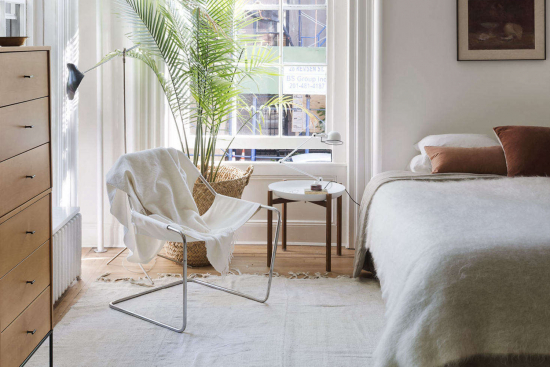Remodeling 101: 7 Color-Drenching Tips from Farrow & Ball
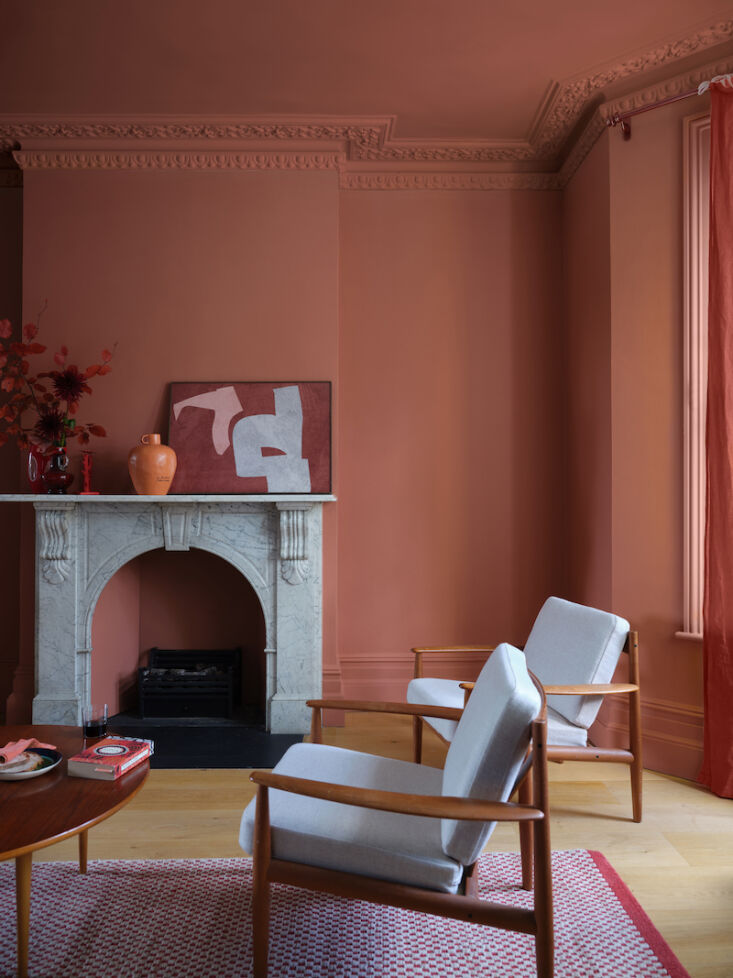
Having identified your personal preference, Patrick suggests you carefully consider all the other elements that are going to exist within the space, including the flooring, any artwork or textiles, and furniture. “Think of color as the unifying glue that will bind all these elements together,” he says.
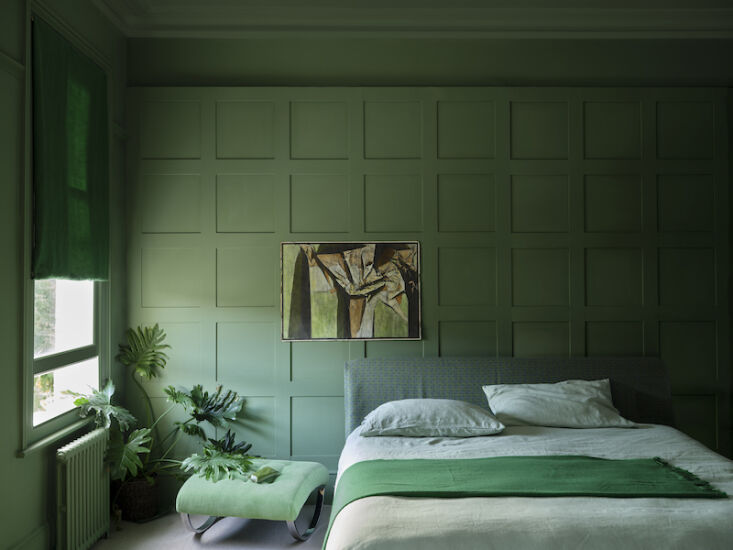
4. Get bigger, better samples.
If you’re committing to a color drench, samples are, of course, essential. “A lot of people make that classic mistake of buying too many samples and painting them all next to each other, often on a stark white background,” says Patrick. “This makes the colors register in a totally different way.”
His advice is to buy a roll of lining paper, rip a large sheet off, and paint the entire surface in two coats. “Then, it’s a moveable feast,” he says. You’ll be able to move the swatch around the space and see how the color responds in different lights and at different times.
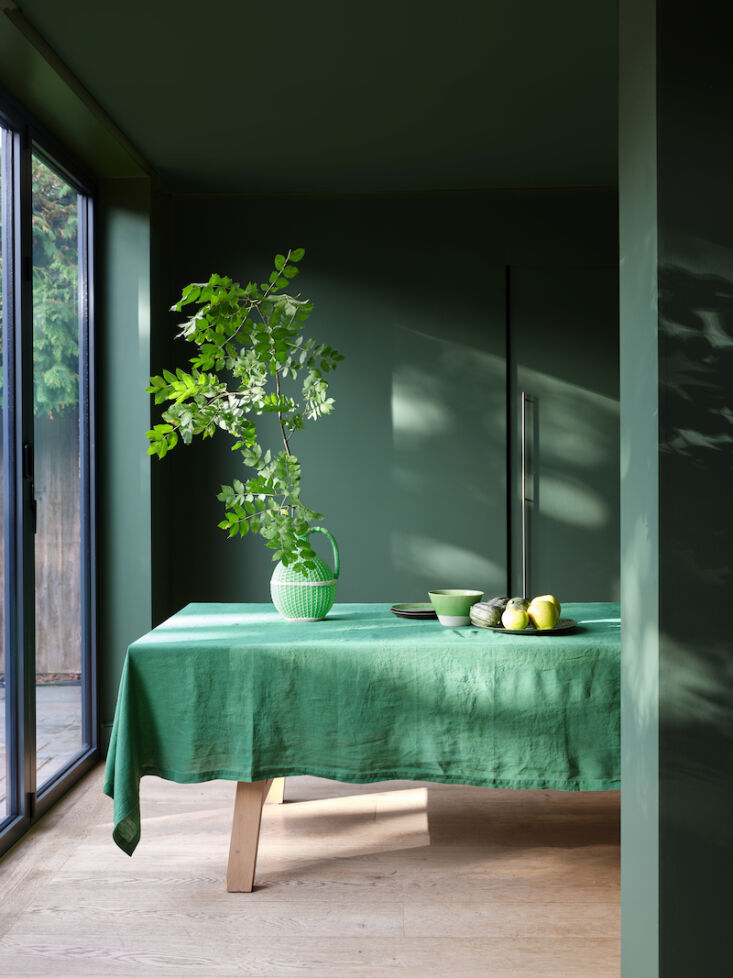
5. Do your prep.
“Soul-destroying but necessary” is how Patrick describes this part of the job. “Sanding, sugar soaping, priming—all this will give integrity and longevity to your top coat. You’ve got to do it.” We have been told.
6. Furnish the space.
“For me, every successful room needs lightness, shade, and tension,” says Patrick. “You need focal points in the space that encourage your eye to travel around the room.” A color-drenched room, therefore, will not welcome a same-shade sofa or bedspread, for example. Far better to create contrast. With less visual distraction, furniture and art tends to “register” really well in color-drenched rooms, drawing the eye in, over, and around the decorative layers of the space.
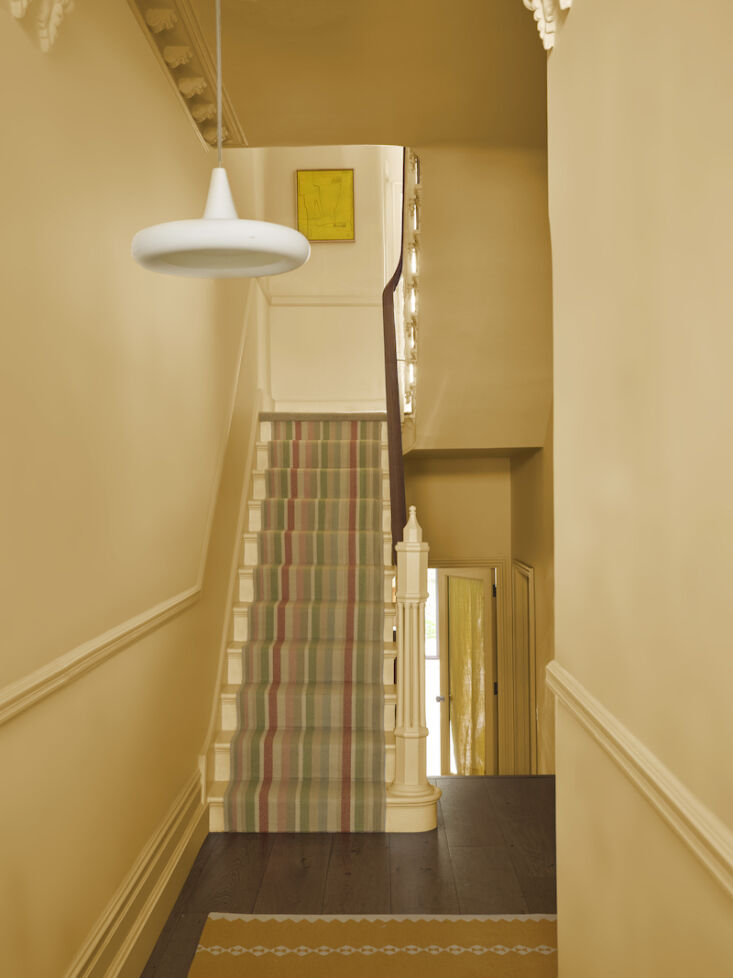
7. Know when to stop.
Supposing you’ve successfully color-drenched one room, should you do the next? “I think you’d probably get away with color-drenching more than one room in your house,” says Patrick. “But do think about the balance of colors throughout your house. The aim is to build an empathetic palette and to think about how the colors respond to each other as you transition from room to room.”
For more expert tips and remodeling insights, head to Remodeling 101.
You need to login or register to view and manage your bookmarks.




